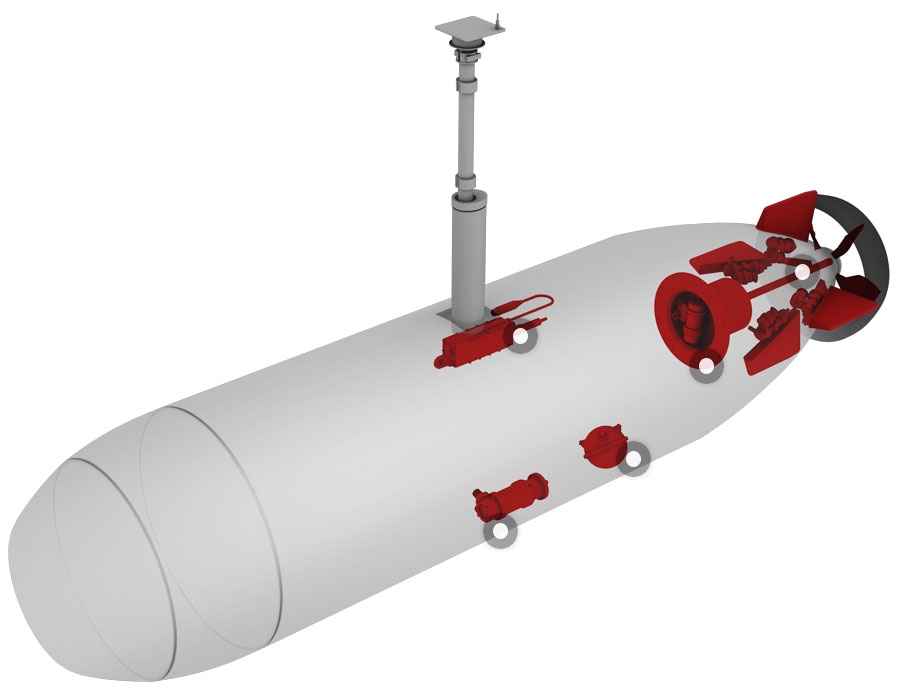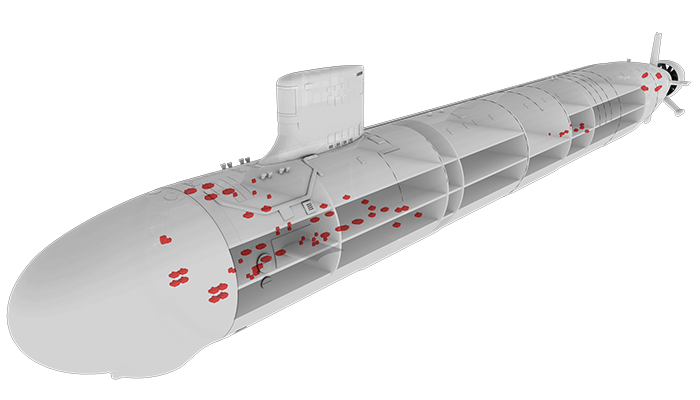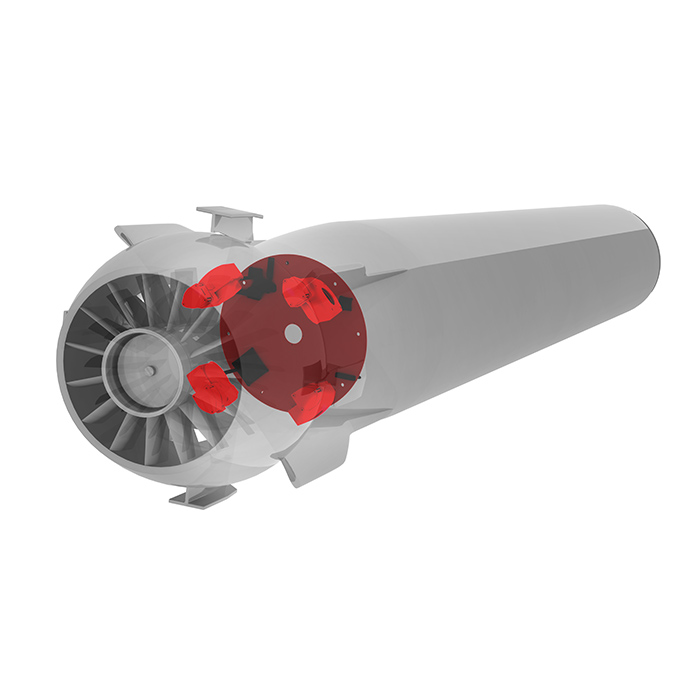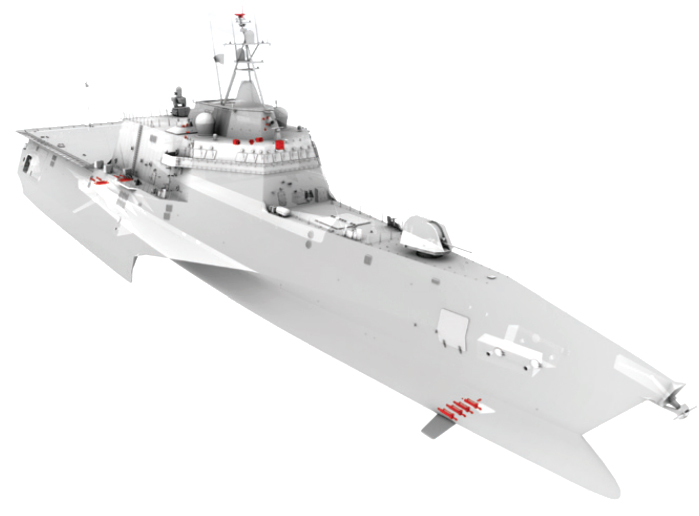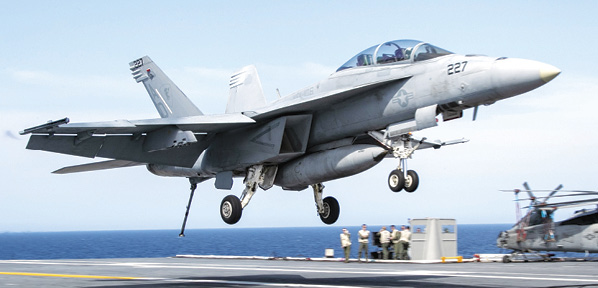
Naval Systems
Moog designs and manufactures high-precision motion control and electronic solutions for many of the world’s leading naval forces. Our marine technologies include electrohydraulic (EH), electrohydrostatic (EHA), and electromechanical (EM) motion control devices for nuclear submarines, deep submersibles, surface and blue water ships. Comprehensive systems are engineered to perform reliably in the harshest of marine environments providing long-life and dependability. Extending our customers’ investments even further is the scalability and upgradeability designed into every component and system along with through life support.
A Dedicated Facility
Moog’s 90,000 sqft Orrville Operations designs and manufactures precision hydraulic, pneumatic and electromechanical actuator assemblies to support the U.S. Navy including SUBSAFE Design Review (SSDR) rated and Level 1 components. The facility is strategically positioned to support our customers’ needs from engineering design and development, manufacturing, NDT, to final assembly and testing of our motion control solutions that serve the U.S Navy.
Our motion control solutions have been in service for decades across many platforms complying with stringent qualification requirements such as shock, vibration, acoustic criteria, endurance and seawater corrosion resistance.
We offer sustainment for the fleet through Moog’s Sustainment Services for original equipment, build to print manufacture as well as design and development services.
- Decades of experience meeting stringent naval specific quality standards including SSDR, Level 1 and MIL-I-45208.
- Structureborne vibration test capability per MIL-STD-740-2.
- Exceptional Machining capability and repeatability.
- Commitment to Quality ISO9001:2015 Certified
- Reliable On-Time Delivery
Featured Stories
Always Faithful: Servo Valves in Harm’s Way - Fluid Power Journal - July 2021
The appearance of U.S. Department of Defense (DoD) visual information does not imply or constitute DoD endorsement.

